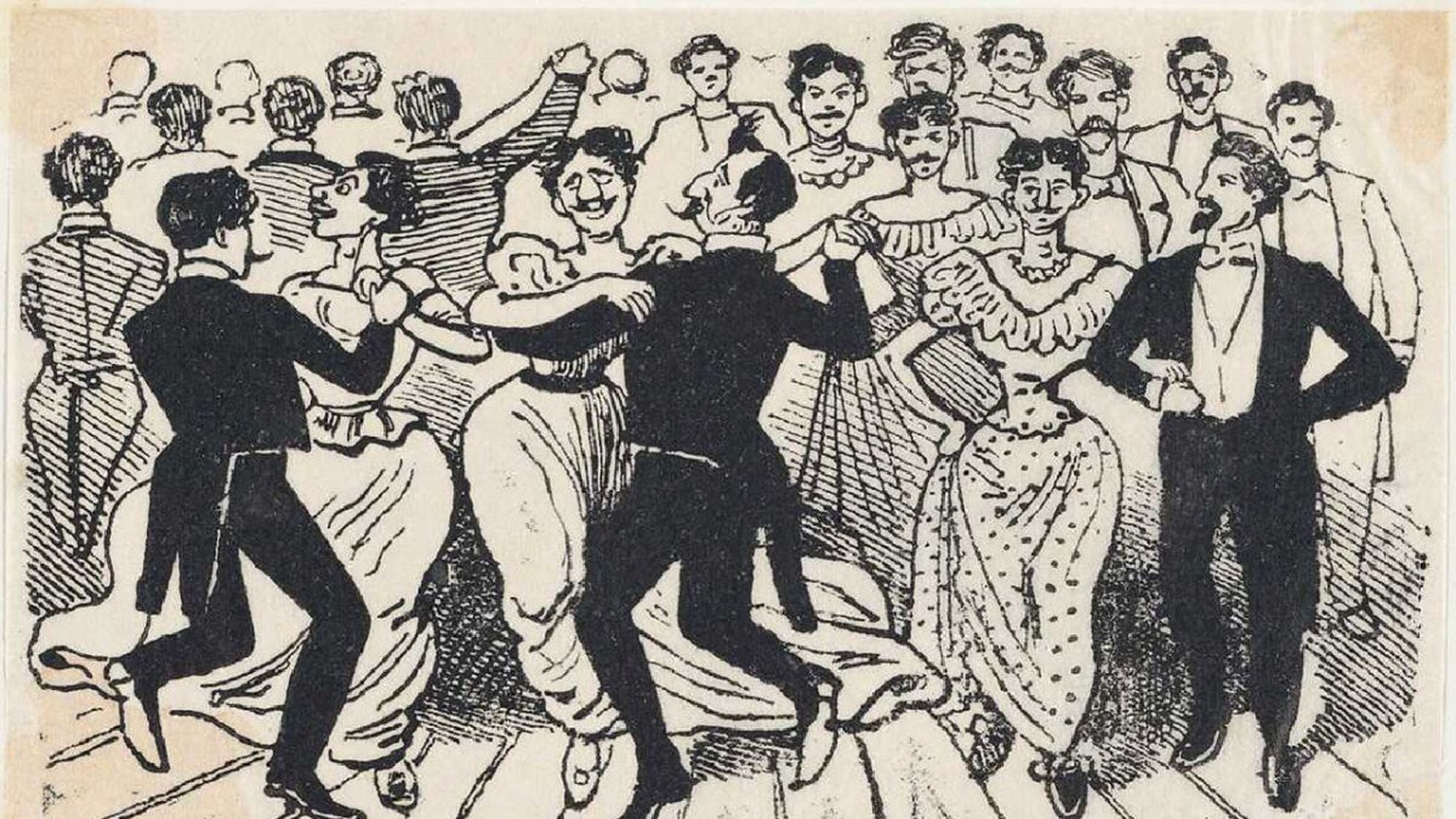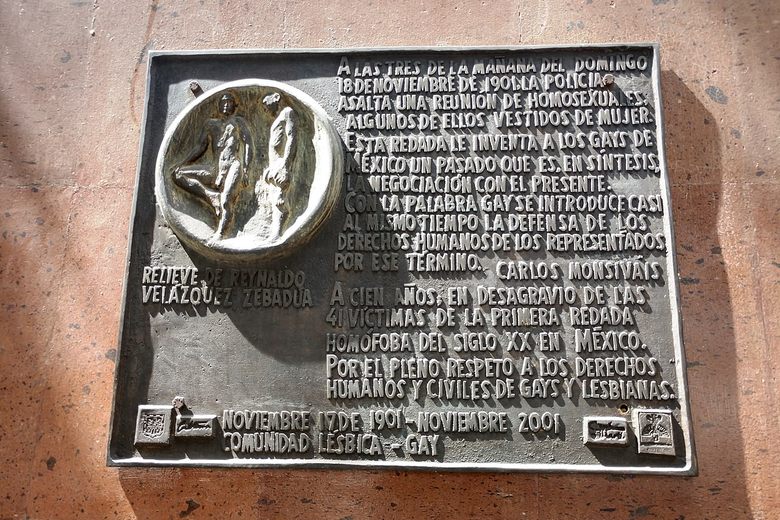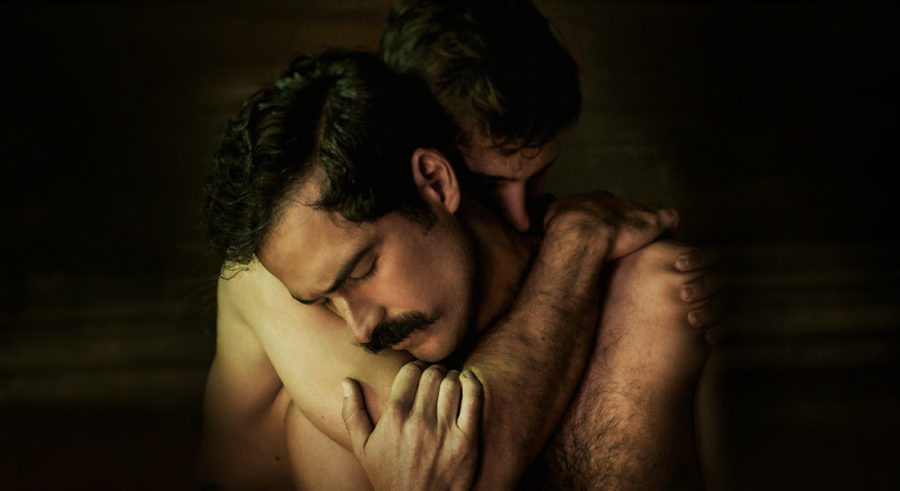By Evi Tsakali,
Growing up, most of us have heard how the number 13 is considered unlucky, but it was only limited to that simple superstition. In Mexico, however, it was the number 41 that was considered a taboo; and to such an extent, that some people skipped their 41st birthday altogether. But why has the number 41 been so feared and damned by a whole nation, and how is that linked to Mexico’s queer history? The answer is summed up in the words “el baile de los 41” (the Dance of the 41).
What is the Dance of the 41?
What became known as “El baile de los cuarenta y uno” was an underground party held in a secret location in Mexico City on November 17th, 1901, and organized by a secret gay club (el club de los 41). Half of the attendants wore dresses, makeup, and jewelry, and when the police raided the house that hosted the party and literally dragged the men out in the street yelling “marricones” (the equivalent of f*ggots). Without further due, and without a trial, the fate of the participants of this clandestine ball was to either sweep the streets in the feminine attire that they were arrested in, or to be sent to the Yucatan peninsula for forced labor, in order to support the soldiers that were fighting with Mayan communities of the area. Most of them would die in this forced labor camp under humiliating circumstances.

The legacy
The event was reported by the press in a manner that involved a quirky mixture of bad humor and maybe even some sort of satisfaction, given that not only it was the first revelation of an organized group of queer men in Mexico, but also that the participants included men from Mexico City’s elite. Bearing in mind the aforementioned, the Mexican essayist Carlos Monsiváis would conclude that “the raid invents homosexuality in Mexico” while discussing the impact of the Dance of the 41 on pop culture and queer culture.
To take it a step further, the divide between the elites and the lower class was severe, and would eventually lead to the Mexican Revolution of 1910. However, the dance saw the lines of social status blurred among Mexicans. According to Robert McKee Irwin, editor of The Famous 41: Sexuality and Social Control in Mexico, 1901, in office at the time was “a government that was focused on the elite […] [It had] invested a lot in international business relations and symbolic ties with Europe, often at the expense of Mexico’s poor.”
41, or maybe 42?
This is exactly where the scandal that has already been formed begins to get complicated. Additionally to the fuss already made by the media, some press reports insisted that the participants were actually 42, and the club was not — in fact — el club de los 41, but el club de los 42. They would claim that among the detainees was Ignacio de la Torre, the son-in-law of Mexico’s then seven-term president General Porfirio Díaz, married to his daughter Amada Díaz. The General tried his best to cover the scandal, thus the event becoming history as the Dance of the 41; De la Torre was released but rumor would spread like a wildfire, and persisting until today. Given the homophobic and macho character of Mexican society at the time, the very rumor inflamed the Mexican people, and it is believed that it incited — up to a certain point — the Revolution that overthrew the dynastic president.

Today, in Mexico City…
…one can find a commemorative plaque, maybe as a way to make amends to the participants of the infamous party. May the echo of the pain of the detainees remind us that the battle for the rights of the LGBTQIAP+ is far from over, and hopefully these lives were not lost in vain.
I will leave you with an incredible waltz from the movie, the Waltz of the Baile de los 41, to accompany your thoughts…
References
-
El Baile de los 41: How a Gay Dance Marked Mexican History. nuestrostories.com. Available here
-
41 Has a Secret Meaning in Mexico, Thanks to a Queer Underground Ball. history.com. Available here
-
“El baile de los 41”: la historia real que inspira la película de Netflix. elcomercio.pe. Available here




